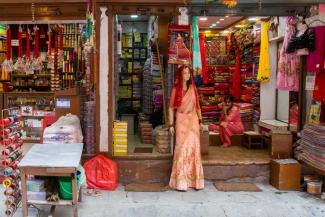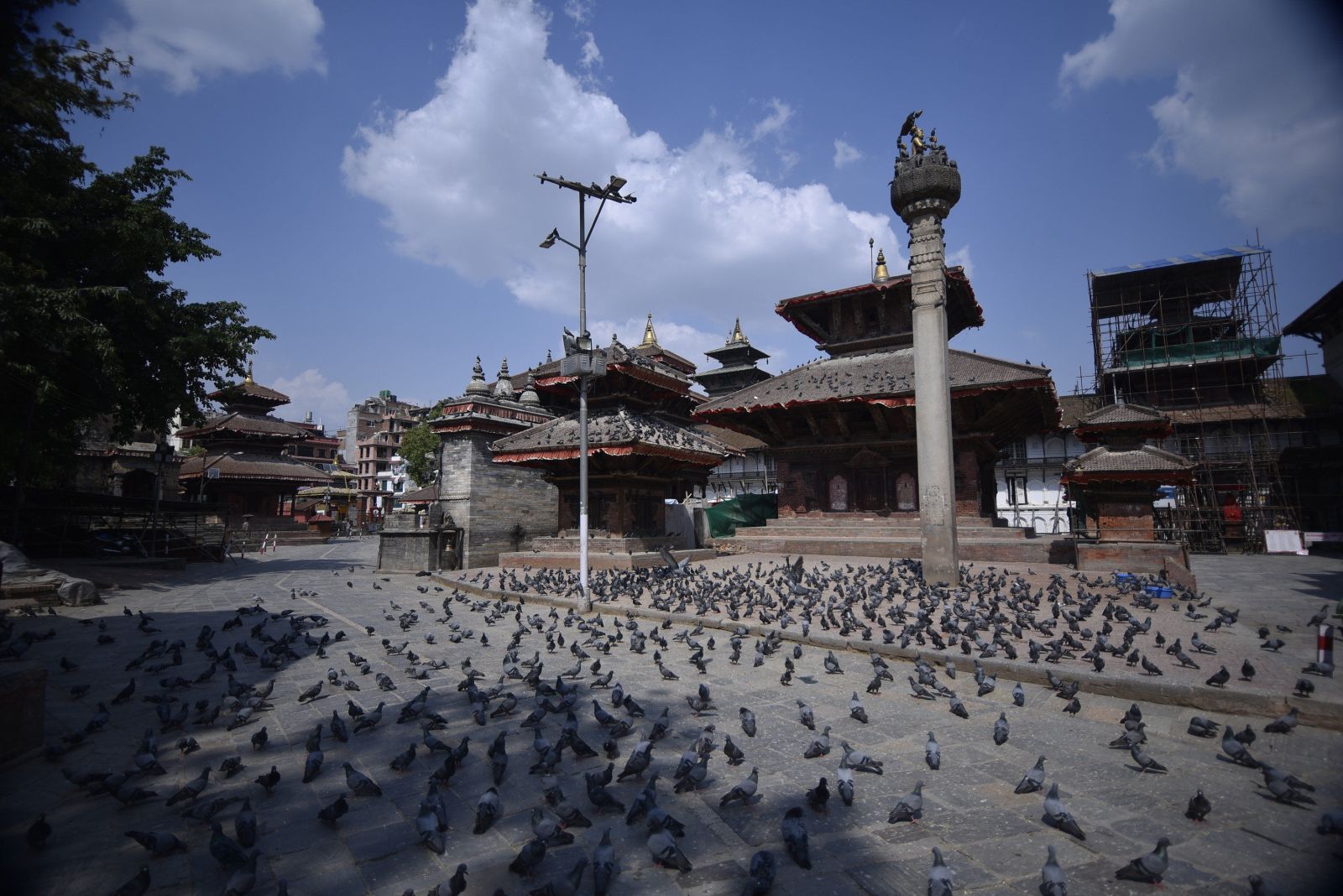Social mobility
How to spot members of Nepal’s middle class

Nepal is improving its living standards. Considering the country’s long history of poverty, its decades-long struggle for democracy and its difficult recovery from the devastating 2015 earthquake, this trend of recent years was welcome.
The World Bank reported that Nepal’s per-capita income was $ 1,090 in 2019, so Nepal is now a lower-middle income country. According to this definition, countries with per-capita income below $ 1,030 are low-income countries.
A decade ago, the Asian Development Bank defined the middle class as those who have the purchasing power equivalent to $ 2 to $ 20 per person. It indicated that the middle class was growing in Nepal. The Living Standard Survey of Nepal and World Bank came to similar conclusions in 2016.
The increase in the size of the middle class reflects several significant trends:
- a population shift from rural to urban areas,
- increased education levels,
- a move from blue-collar and service jobs to white-collar occupations, and
- a surge in remittances from Nepalis working abroad.
The remittances alone accounted for 27 % of the poverty reduction in the years under review. Higher wages in higher value-added occupations accounted for another 52 % of the poverty reduction.
Nonetheless, Nepal remains one of the poorest countries in Asia with comparatively slow growth, according to a 2017 World Bank report titled “Climbing higher: Toward a middle-income Nepal”. Nepal’s per-capita income is falling behind that of other economies in the region, casting some doubt on continued prosperity. Covid-19 has hit the economy, which was already showing signs of stagnation, hard.
At the household level, declining GDP growth translates broadly into reduced opportunities and greater risks of falling backward into poverty. There are some signs that this risk is present. The government’s multidimensional poverty index – which looks at deficiencies in health, nutrition, educational opportunities and living standards alongside purely income figures – showed a poverty rate of 28.6 % in 2018.
Spotting the middle class
Researchers have not studied Nepal’s middle class, and there is a lack of reliable income statistics. Anecdotal evidence therefore matters quite a bit. The Nepalese middle class is most easily defined by what it is not. It is wealthier than the population of subsistence peasants and landless labourers. And it is poorer than the upper class, which tends to hold inherited wealth and is typically linked to the ruling classes of the past.
The middle class is also identifiable by its pattern of spending. Middle-class Nepalis typically have a stable, adequate income from a salaried job or a small business. While they generally cannot pay for the pricey, English-speaking private schools attended by the children of the upper class, they can afford good educations for their children elsewhere.
Two subgroups are observable within the middle class. The first consists of merchants, entrepreneurs and administrators with family roots in the educated gentry. The second consists of people from more modest backgrounds who became technical and managerial experts through higher education.
The middle class can also be subdivided along other dimensions. One relates to its mode of transport. Lower-middle class people tend to rely on two-wheeled transport such as bicycles or scooters, while upper-middle class members are more likely to use four-wheeled vehicles such as automobiles.
Similarly, membership in the middle class is associated with ownership of a small home and other assets such as jewellery. Some middle-class families own land. Middle-class status is also associated with extensive use of consumer goods such as fancy smartphones. A certain amount of conspicuous consumption is involved, reflecting a need to “show off” one’s status.
Although middle-class members tend to embrace consumer-based lifestyles, they also retain certain traditional practices. Some of these can be more backward-looking than modern. For example, in celebrating the traditional Hartalika Teej festival – a Hindu observance marking the day when Lord Shiva accepted Goddess Parvati’s declaration of love – married women traditionally wash their husbands’ feet and drink some of the foot-bath water. Arguably, middle-class families contribute to preserving many conservative traditions, including, for example, the discrimination against widows.
The bigger picture, though, is that the middle class drives Nepal’s economy by creating businesses. Moreover, their outlook as English speakers tends to be more international than is typical of low-income people who only speak vernaculars.
Members of the middle class have been the key players in Nepal’s emergence from poverty and dictatorship. They have promoted industrialisation, urbanisation and modernisation across the economy. Among other achievements, middle-class Nepalis established thousands of civil-society organisations after democracy was restored in the 1990s, helping to create a more fair and equitable society. Their activities promote government accountability and encourage social development.
Today, a walk in most Nepali cities is a feast for the eyes, and this is largely thanks to the efforts of the middle class. Restaurants with brightly coloured signs line the streets, and the variety of boutiques and commercial enterprises grows steadily. These businesses have transformed the landscape of the capital Kathmandu and other major cities – not just in terms of their physical appearance but also in terms of their residents’ aspirations.
There is still a lot of poverty in Nepal, but the country’s growing and active middle class shows that upward mobility is nonetheless possible (see box).
Rukamanee Maharjan is assistant professor of law at Tribhuvan University, Kathmandu.
rukumaharjan@gmail.com









